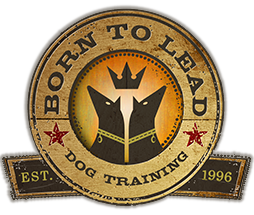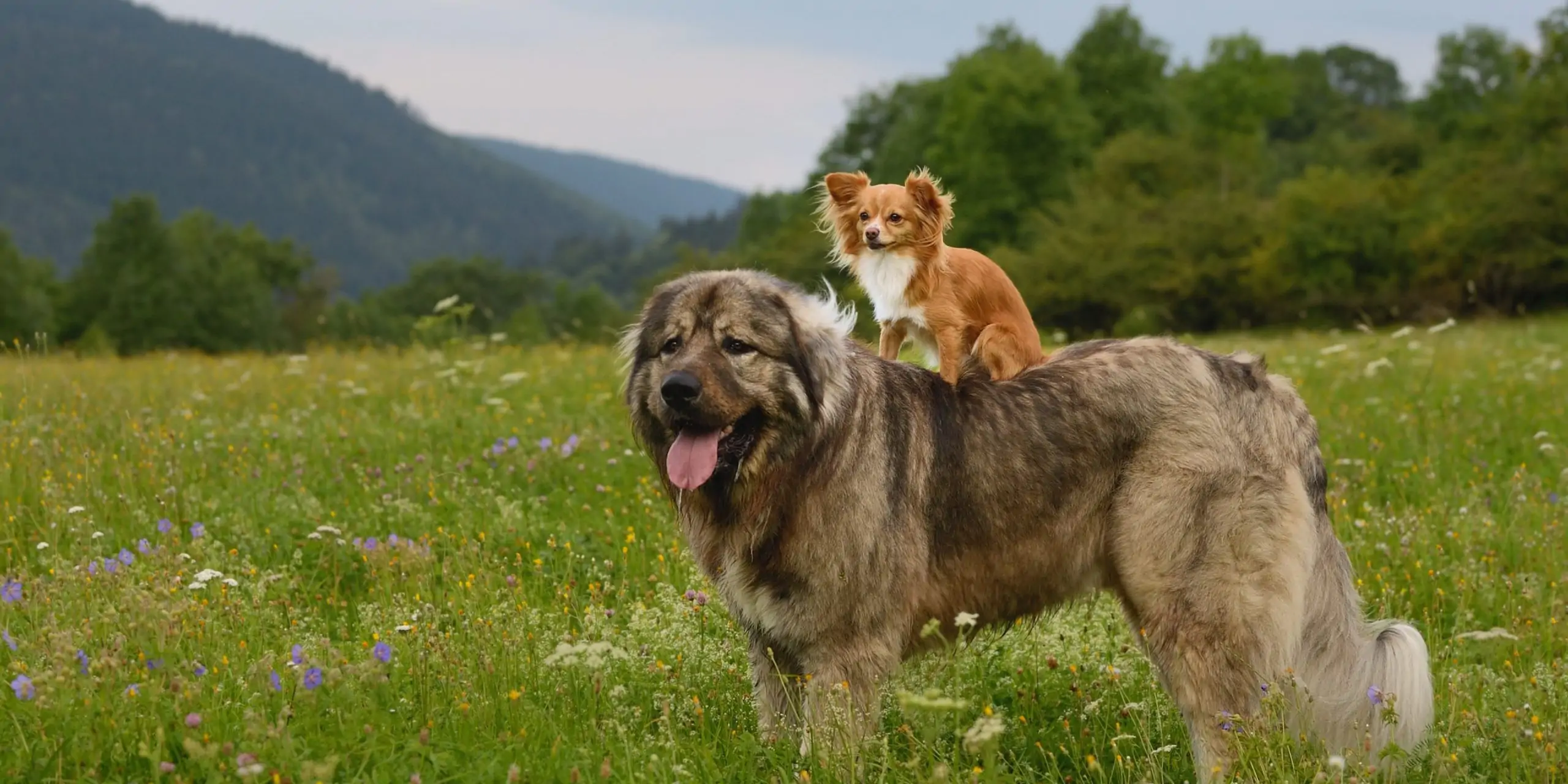Sibling rivalry, or fighting amongst dogs inside the same household, usually stems from either normal competitiveness amongst dogs of similar age, sex and development, or adolescent dominance struggles, or both. Fights among siblings can sometimes seem severe with blood drawn, etc. However, when the animals are close in age and similar in temperament, (i.e. not willing to give in) these fights can go on and on making the owner’s nerves wear thin. If no serious damage is being done, interference can actually make the problem worse, especially if that interference favors one of the dogs involved. These struggles are best allowed to work themselves out. If the fighting is constant, use obedience to enforce time-outs:
- At the start of the fight use a startle to get the dogs attention and then under obedience take the combatants to separate places and enforce long stays, up to a half hour or more. This will teach the dogs that fighting results in long boring stays.
- When the dogs are calm, allow them to be released with the OK command. If another fight ensues, use the same strategy: startles followed by long stays.
- Above all, if a battle ensues, stay calm. Do not yell and get hysterical as that is not the sign of a leader.
- Do not assert dominance physically by rolling them over. Instead use obedience and long stays to assert your control. Physical dominance like the alpha-roll only makes the dog want to challenge you more, not less.
Competitiveness among siblings can make the dominance fights more frequent and more severe. Dogs compete for scarce resources but also will compete for resources the other dog possesses (dominance related, called ritual displays of dominance – taking away possessions from another pack member). This means you can have 40 rawhide bones around and the brother wants the one the sister has. To take it away signifies higher pack position. This complicates life tremendously because it means anytime you play with them they will compete for toys.
Strategies:
- Implement the No Free Lunch program with both dogs. No free affection for which the dogs can compete over. Use obedience to regiment their lives for a while to assert your position. Do not allow yourself to become a possession they can fight over.
- Remove all toys from common areas. No rawhides or real bones allowed for any reason.
- Use obedience for exercise and stimulation. Play with each dog separately. Put one in a sit stay or down stay and enforce it while you work with the other dog. This is best accomplished by back-tying the one to a post or fence to ensure he holds his position.
- Now switch the dogs and continue.
- Feed separately at first and then use lots of obedience when you re-attempt to feed them in the same room. Use stay before releasing them to eat. Do not allow them to go to each other’s bowls. If they try, reprimand and lead them back to theirs. Keep leashes attached if necessary.
This is a complex problem. In general, you must exercise the heck out of them. The more tired they are, the less they will fight. 20-40 minutes of aerobic exercise a day is recommended depending on the breed. Train them and then use the training to enforce your will. If you do have to break up a squabble, always support the presumed dominant dog. If you feel sorry for the underdog and intervene on his behalf, you are going against the social structure dogs understand. You must always support the dominant dog. There is no morality in what they do and supporting the pack order leads to clear understanding of who is in charge. Supporting the lower ranking dog will only increase the fighting and also increase it when you are not around. If one dog is clearly dominant, always feed and pay attention to him or her first.






